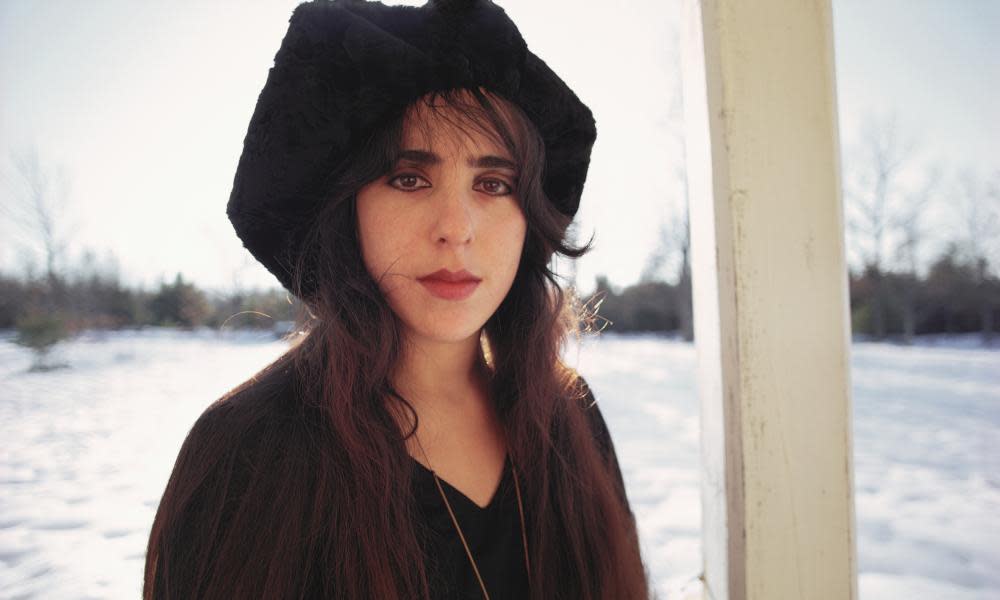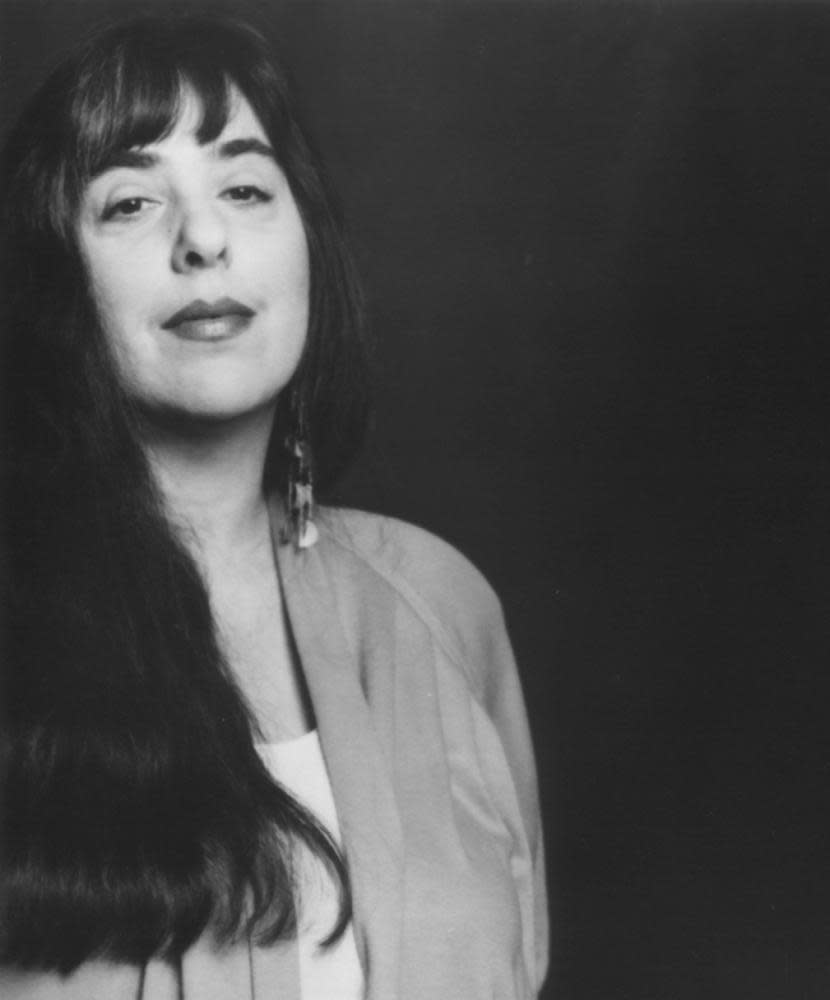The passion and soul of Laura Nyro

There is a clip on YouTube, just under four minutes long, that shows the American singer-songwriter Laura Nyro giving a special performance of her song Broken Rainbow, in honour of Earth Day 1990. In it, Nyro sits behind a keyboard in a pink dress, long dark hair around her pale face. “At the edge where I live,” she sings, “home sweet home, America…” It’s a video of a video, and while the voice is strong, the image ladders and blinks as if it is beamed from both far away and long ago. Together, the effect is disconcerting: the closeness of the song, the distance of the singer.
There isn’t a great deal of Nyro footage in circulation – “Sorry for the poor quality,” runs the caption beneath the Earth Day clip, “but when you get something so rare, you take what you can get.” In part this is because there is simply very little in existence and perhaps, too, because there has been a lack of demand. For while Nyro was one of the most important songwriters of the 60s and 70s, one who has exerted a profound influence on artists from Elton John to Jackson Browne, Joni Mitchell to Carole King and Tori Amos, she also sidestepped celebrity, turned down offers to increase both sales and fame, and for much of her career put the song before the songwriter – allowing others to record the definitive versions of her own compositions. By the time Nyro died, 20 years ago this month, aged 49, her relationship with the music industry had grown somewhat tangential, and her name, though not forgotten, never acquired the widespread reverence it deserved.
The songs themselves, however, always stood undimmed. Nyro spent her life rejoicing in music itself: she wrote her first song at the age of eight and in her teens delighted in heading out singing – to parties or subway stations or simply joining harmony groups near her home in the Bronx. She was still a teenager when she sold her song And When I Die to Peter, Paul and Mary, and by the time she was 20 she was managed by David Geffen and auditioning for Clive Davis, the then president of Columbia Records.
The story of that audition Davis detailed in his autobiography, recalling how Nyro invited him to her New York apartment, where he found all the lights turned off save for a flickering television screen beside her piano, and in that peculiar light she played him the songs that would make up her second album, Eli and the Thirteenth Confession – among them Lonely Women, Eli’s Comin, and Stoned Soul Picnic. Davis was stunned.
This period of Nyro’s life was charged with promise – shows at Carnegie Hall, her songs covered by Barbra Streisand, Three Dog Night, Blood Sweat and Tears, and the 5th Dimension. In 1969, a year after Eli, came her most commercial release, New York Tendaberry, followed in quick succession by Christmas and the Beads of Sweat and Gonna Take a Miracle, a collection of covers of her favourite songs of her teenage years, including Spanish Harlem and Jimmy Mack.
However, by the end of 1971, aged 24, Nyro had married a carpenter, relocated to rural Massachusetts and announced her retirement from the music industry. Two years later, now divorced, she returned with a new album, Smile, and a tour. Over the following 15 years or so there came three more records, her 1993 album Walk the Dog and Light the Light in particular gaining much acclaim, although once again Nyro rejected the opportunity to promote the album on the chat show circuit and refused to record any accompanying videos.

Nyro’s songwriting motivation shifted with the years – she became increasingly involved with the peace and women’s movements, playing predominantly with female musicians. Although she turned down most film placements for her songs, she contributed Broken Rainbow to a documentary of the the same name, about the relocation of the Navajo people.
If Nyro’s story feels in some way confounding, all that turn-tailing on talent and success, all those steps to the left when the going looked so good, it’s perhaps consoling to consider that the unexpected twists that ran through her life were in some way an echo of her songwriting – full of rhythmic convolutions, free-form compositions, vocal variations. As Elton John put it: “The soul, the passion, just the out-and-out audacity of the way her rhythmic and melody changes came was like nothing I’d heard before.”
More than anything, Nyro’s lyrics always felt lived. “Everything seemed exotic and heightened in her songs,” Bette Midler said in the speech she made to posthumously induct Nyro into the Rock and Roll Hall of Fame in 2012. “She could make a trip to the grocery store seem like a night at the opera.”
The traditional route of the prodigiously talented singing star is to grow ever-more removed from normal life, to choose a world of penthouses and private members’ clubs, to breathe a more rarefied air. Nyro, however, chose a life that recalled her younger years, when she loved to sing on street corners, pressing music out into the world. And I think this is a quality that runs through her career, from her debut through to her final work – songs that despite the distance of the singer, can still stand close to the listener.

 Yahoo News
Yahoo News 
